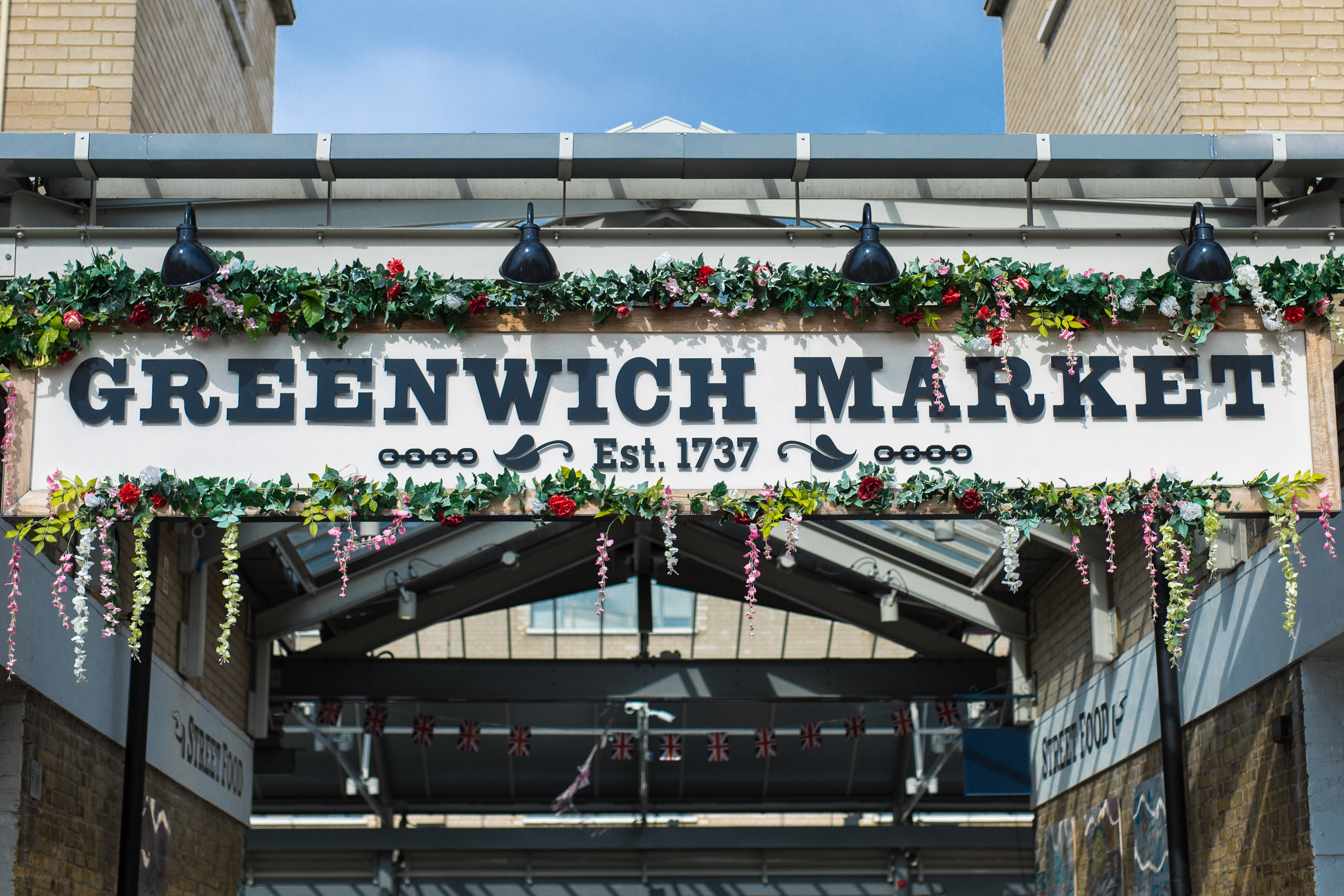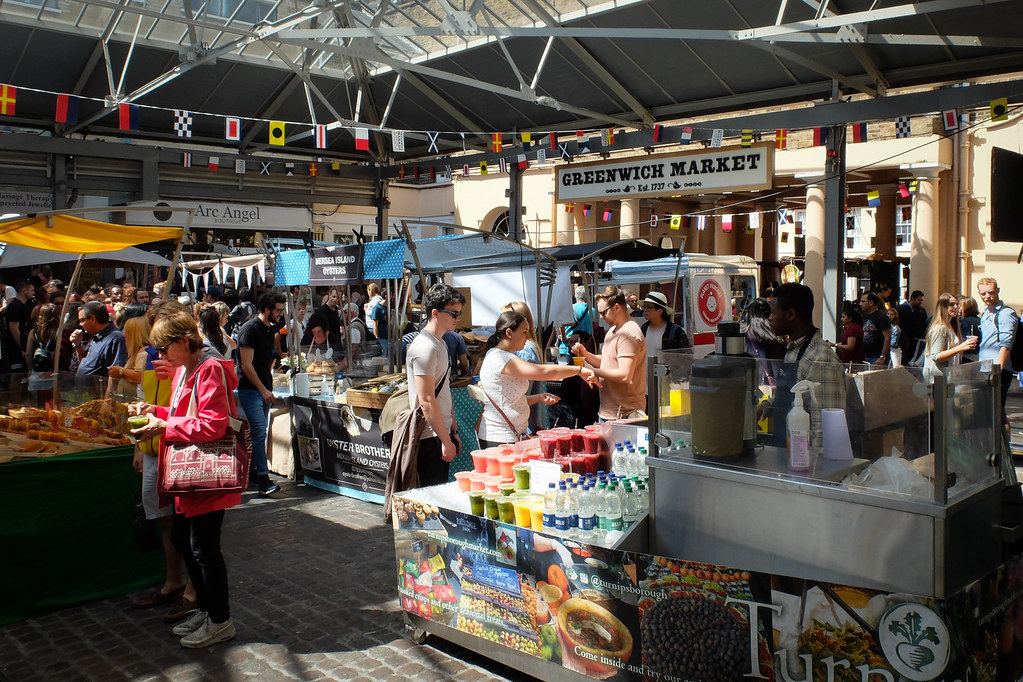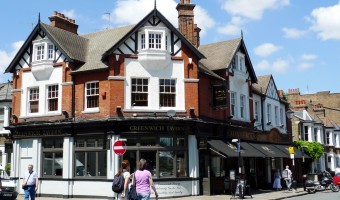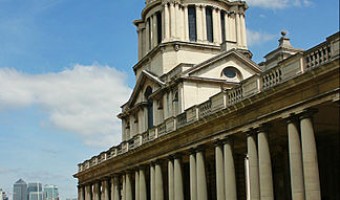A taste of old London mixed with the new
Visitors to London should not overlook the opportunity to visit one of London’s more fascinating markets. Greenwich Market has something for everyone and with the Cutty Sark and Greenwich Observatory just around the corner, which is added in the ‘London Trip Planner’. There are also plenty of lesser-known curiosities to behold nearby like the Fan Museum and the Greenwich Ecology Peninsula. It is known as one of London’s best-covered markets with up to 120 stalls selling anything from antiques to designer collectables on Tuesday, Thursdays and Fridays, and craft and design on Mondays, Tuesdays, Wednesdays and weekends. If it looks familiar it probably is as it is regularly featured on television as a back-drop to ‘the Apprentice’ with Alan Sugar’s bright young things being sent out to test their skills
It is open seven days a week from 10 am-5.30 pm and situated in the heart of Greenwich. The market is home to around 120 stalls selling a plethora of clothes, second-hand furniture, unusual gifts, jewellery and general Bric-à-brac. On Tuesday and Thursday, there are a lot more antique stalls, but on any other day, it has an arts and crafts theme. There is definitely at least half a day’s browsing to be had here with plenty of refuelling stops with a choice of up to forty food and drink stops.
Greenwich Market has numerous independent and boutique shops surrounding it and there is a well-established designer-maker vibe running through it. It is a historic eighteenth-century market uniquely positioned on a World Heritage site and visitors should take their time discovering it.
History
Greenwich is an ancient village on the banks of the Thames and has been the long-time home of the Royal Charter Market which was originally assigned to the Commissioners of Greenwich Hospital on the 19th December 1700 for 1,000 years. It was originally housed on the site of the West Gate of the Old Royal Naval College before spreading into the neighbouring area in the 1800s. Its dark streets and alleys were difficult and dangerous to control and attracted many a ‘n’er do well’.
Local regulators attempted to clean up the river frontage and to bring the local buildings up to standards in keeping with the Royal Hospital (now the Old Royal Naval College). The market was moved to its current position and the first cobblestones laid to improve the visage of permanence. Three roofs were erected to protect the market from the rain and wind. In 1831 the market vendors purveyed live animals, meat, fish, eggs, butter, poultry, fruit and vegetables whilst on its periphery lay the ‘fancy goods’. Peddlers hawking goods such as glass, china and earthenware became prevalent.
The original stables and slaughterhouses can be seen today. In 1845 the publican of the Admiral Hardy was permitted to convert the large room over the newly built arch on College Approach into a playhouse with the luxury of a tiered balcony at one end.
The timber roof was replaced in the 1900s as it was a dangerous state of disrepair and was replaced by a steel and glazed roof in 1908 and the slaughterhouses were also closed. By the end of World War, I horse traffic had declined and the stables were used for storage instead of animals. The 1980s saw a revival in Greenwich Market and the first arts and crafts market opened in 1985, inspired by the fine example of Camden Lock. From 1987 the shops on the periphery were let to new tenants mostly from the craft business. Today Greenwich Market now finds itself in the middle of a World Heritage Site and retains much of its historic charm.
The Commissioners of Greenwich Hospital spent a considerable sum moving and building the new market. In 1849 Parliament passed an act that allowed the Hospital to manage the markets more efficiently. The new act enabled the Hospital to collect rent from the stallholders.


What you can expect
Colourful and arty Greenwich Market provides a small-town feel that visitors might not get anywhere else in London. There are closely packed stalls selling artisanal collectables. There are also tons of books and vinyl records to browse.
For a proper sit-down meal, traditional East End ‘grub’ is served in abundance at Goddards, a family restaurant serving pie and mash for the last 130 years.
 Glorious Greenwich Market
Glorious Greenwich Market



.jpg)




 Load more triptoids
Load more triptoids.jpg)

